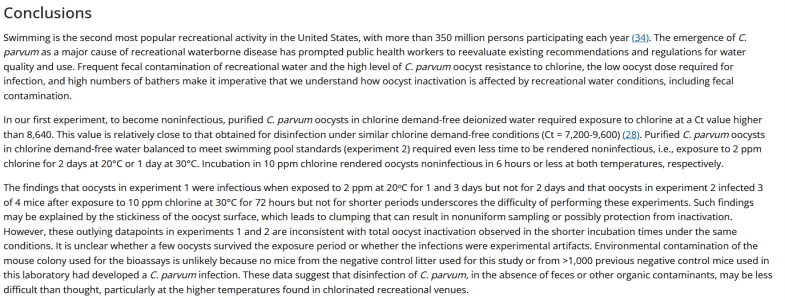VicS
Well-Known Member
The recommended dose for sterilising a tank with Milton fluid is 30ml per 5 litres. Allow to soak for 15 minutes and then rinse out.What are you trying to kill? What concentration are you planning to add? The problem with the bleach wasn’t so much the fact some would end up in the sea - it was the amount. The quoted concentration was 5% - that’s the sort of concentration in typical thin household bleach. So basically fill your tanks with hundreds of litres of bleach and no plan for disposal. All for a parasite that can be physically flushed out!
Now if you were looking to treat mould/bacteria that is clinging to tank walls, pipework etc then it’s much more susceptible to chlorine and doesn’t need 5%. Personally I’d use Milton (or a cheaper equivalent) that is intended for sterilising baby bottles as it’s doesn’t seem to have the taste/smell of traditional bleach. I suspect if you asked your marina they would not approve of you dumping 200L of dilute Milton in their water either. Given you’ll want a bit of contact time and probably some agitation - fill tanks go for sail, drain tanks slowly, return to port and fill with fresh water and it’s not going to kill any fish.
You could ask the manufacturer how dilute Endosan should be before discharge to drain.
For sterilising drinking water use 2.5ml per 5 litres. The water is usable after 30 minutes.
.

